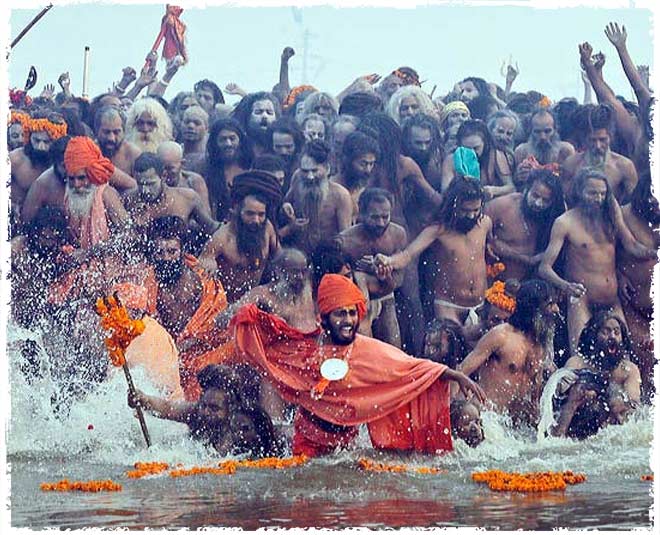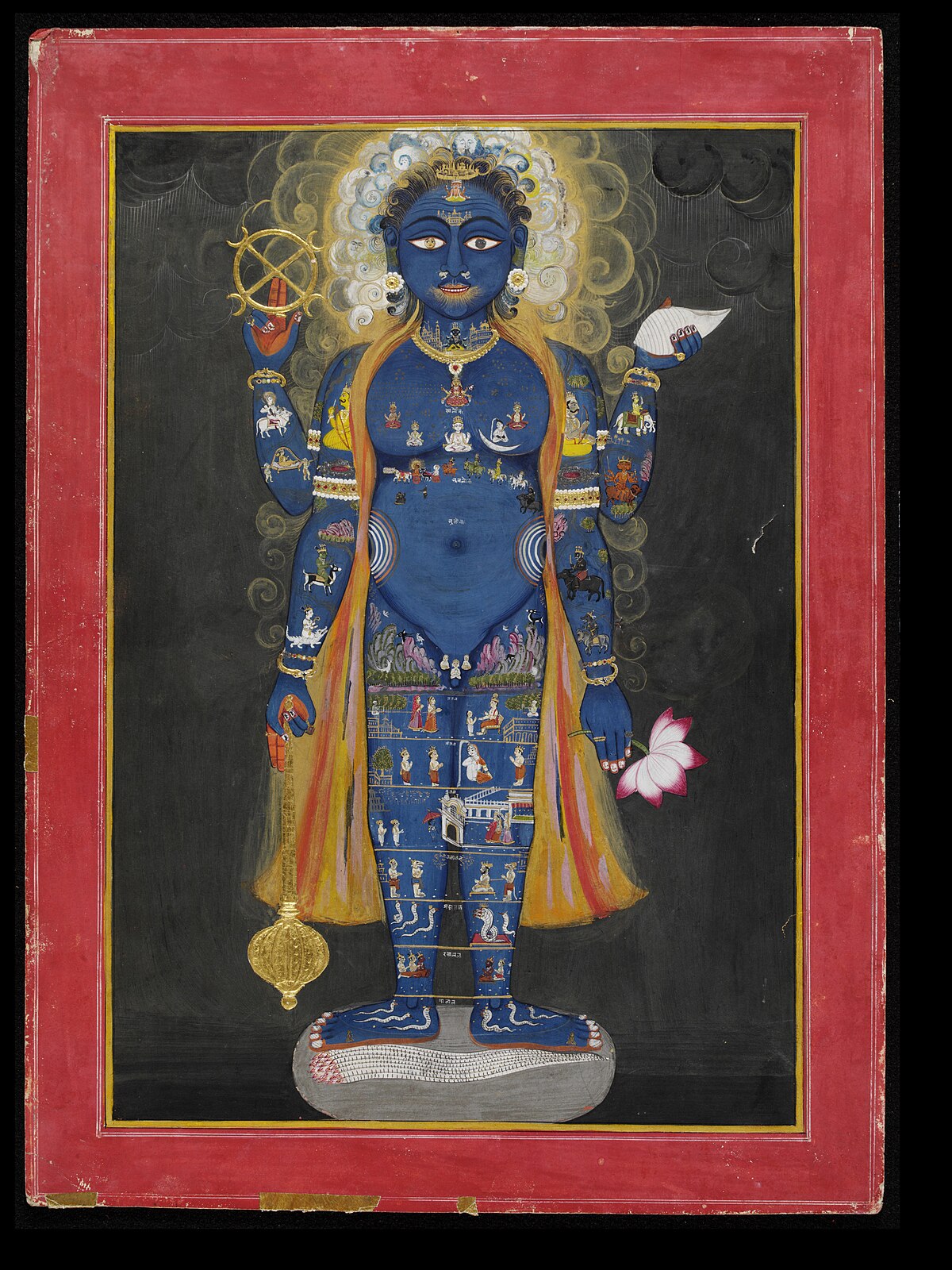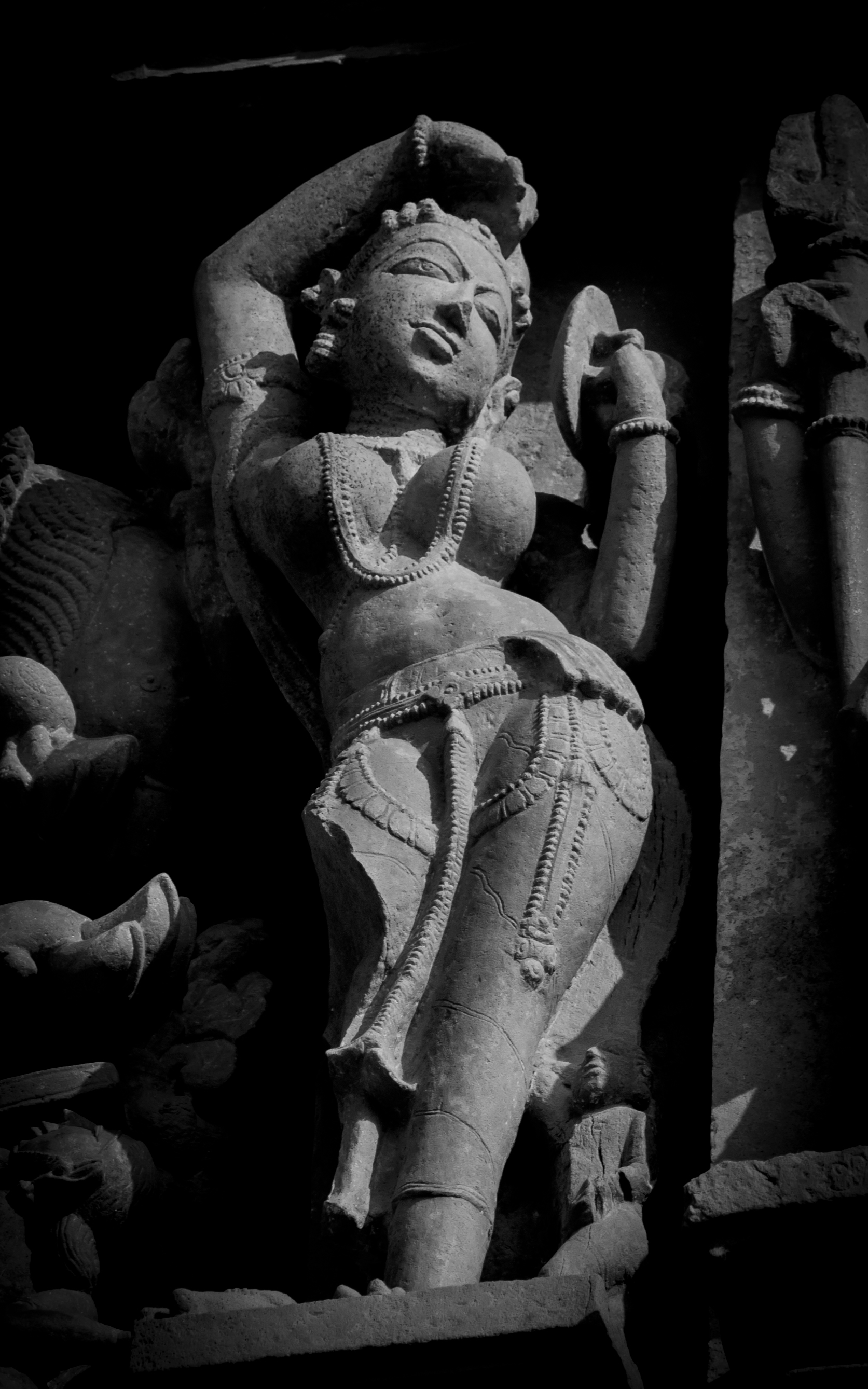They say the only constant is change.
Spiritually speaking there is a big flaw in this statement. On the face of it, it is as true as it can get but if we chose to deep dive, it will have a degree of inadequacy that we failed to see.
Change starts with the knowledge of time, and in our world time governs every thing. It is in our nature to accept time as a part of our life so much that we have taken it for granted. We have never attempted to question what life would be like without it. That question is so difficult to answer. The idea of time is ingrained within us, as a part of our nature. On the surface it appears as a clock, but deep inside it far more vicious than that. If we could attempt to eliminate the concept of time from our ideology, we would see the world in a lot different way.
Our very growth, from childhood to adolescence to youth to old age is a journey bound by time. But if you dig deeper into the concept, it is limited to the physical body. The physical body has an expiry date. It will last only that long and if we abuse it constantly it may not last as long as wished. And hence if we had to reduce the attachment we had to this physical body, bring down the importance of it, and run it like a sheath the notion of time as an overpowering reality ceases to exist as I am no longer the body.
We can actually dig even deeper into this idea. Our relationships are equally time bound, not by death but by the nature of perception of the relationship. We are social yes, but each relationship has a flavour. Those who we thought we knew since childhood are potential strangers today. We don’t relate to some of them. And those with whom we build relationships, have their own lives to lead, hence the relationship itself can move from stranger > acquaintance > best friend > contempt (familiarity) > disagreement > distance > stranger. This journey that we do with people brings in an ageing of the relationship. It doesn’t always have to be negative as in the case of the previous example, but if it is positive and if we want to push the boundaries of the relationship itself, it can lead to bigger miracles unexplored by humans. Most relationships of (pure) love (not lust), where the love is a definition between a man and a woman, potentially move in the direction of unity as we are wired that way. It is in the nature of a human to love, and it is in the nature of a human to express that love physically, mentally, ideologically. But there too, the love has its age. The familiarity brings in the change. It is time bound, the relationship has a maturity - defined by time, whether it lasts or not is not the concern. The point is, the relationship goes through a journey, time bound journey with growth and maturity of the individual players and depending on each one’s capability to evolve, it teaches them new things or it enables them to tolerate each other. The bottom line is, what the relationship started out as and what it ended as are not the same thing. There is a journey and hence the relationship too is heavily dependent on time.
The very nature of our existence needs questioning. The scriptures talk about 4 states, Brahmacharya, Grihasta, Vanaprastha, Sanyasa. These are essential states to go through before death, to enable us to reach the maturity to accept death. At birth we are alone, helpless and bewildered and at death too we have the same state. The in-between, is a time bound affair that is a set pattern handed down to us as the way of “optimal living” to evolve as human beings. While Sanyasa is given up as a practice unfortunately, old age is starting to look like a horrible monster that needs to be tamed. Each state has a significant learning to add to our maturity.
I am actually going to apply the 4 D methodology of User Experience to define this. The first stage of life is Barhmacharya which is all about Discovery - of the self, of the others, of the world, of the tantalising nature of the opposite sex. It is overpowering and we succumb, we remain bewildered for a while. In fact we are not even taught how to question it or fight it, we are tuned to go right into it with great "pomp and show".
The state of Grihasta is all about Defining - Who we are, what we want from life, what our dreams are, who we want to procreate with and take the seed of immortality further. Note, people may not find a purpose to life, but they definitely find purpose in a family. Our core animalistic purpose is to procreate and there is excitement to fulfil. We are incomplete without it, our potency is defined by it, it is a matter of pride.
The third state is Vanaprastha, a state where we need to Design our path towards the inevitable. It is cyclic, mundane, every day looks the same. It borders on boredom as we are slaves of time. We start to fail here, because the core purpose of this state is to understand the purpose of the previous state and move on. To let the offspring fly off from the nest. To emotionally disconnect from owning the offspring. This stage is to bring the maturity that we need to move on, on our own, into silence, into the self.
The last stage is Sanyasa, to Deliver oneself fully mature and ready to exit. There is no point fighting to keep the body running, there is no point fighting to stay in the family and there is no point to want to be relevant. We simply are not, not physically, not ideologically, we are not relevant and to come to terms with that truth is an art to be pursued in this stage. We are ready to be delivered to the next stage of existence, what ever it is for the body now is going to fall, the mind is going to cease and the soul will leave.
This degree of maturity needs be arrived at and we are built to use the mind and the heart to do the right kind of evolving. Logic and emotion if controlled can surpass the illusion created by time because it is so subtle, it is difficult to work with. The true meaning of detachment is to look at time from a distance, to look at relationship from a distance and to look at the body from a distance as if none of these three aspects ever belonged to us.
It is therefore possible to dive into the inner meaning of the self. The actual constant, is within us and it is not change or time. It is that state of mind which is NOT bound by time. That which is perennial. The Vigyana Bhairava Tantra tries to explain this state. The time we have from now to death, is to practice this way of life, to make death understandable. The outer bodily sheath has to be discarded, that is the rule of life. It is the evolution of the self to want to leave it and conquer the illusion of time that really matters.






